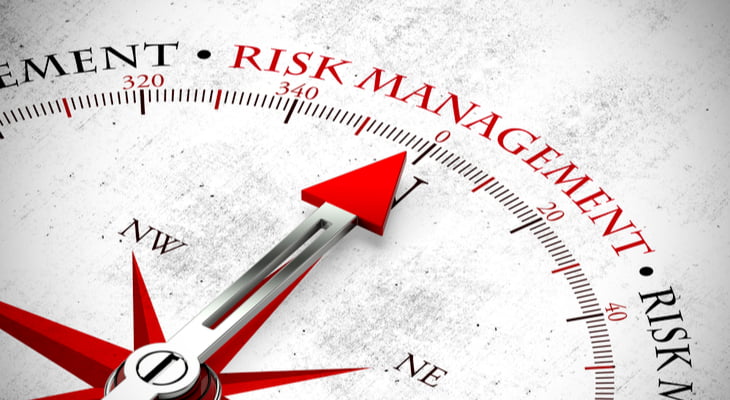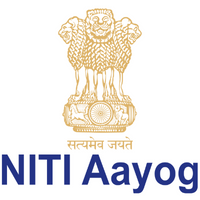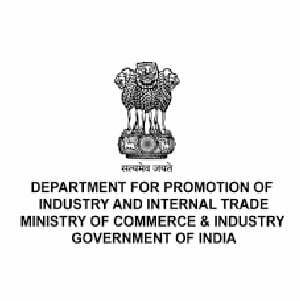In this blog you will get clarity on the risk management in trading, its importance, identification of risks and the calculation of the risk management.
What is Risk Management in Trading?
In trading, risk management is essential for preventing the threat of bearing the losses arising from stock request trade. It involves identification, evaluation and mitigation of pitfalls which generally arise when the request moves in the contrary direction from the prospects. In simple terms, risk management is a method through which investors identify, measure and analyze risk for various trading decisions, before choosing to accept or to mitigate it. Every time an investor assesses the risk involved in different investments before making a choice, risk management takes place.
Importance Of Risk Management In Trading
- Proper Risk Management applies both to Investing and Trading, but it becomes of paramount importance if you are a trader. An investor has time on his side as he is able to wait patiently for the market to move in his direction. But if you are a trader, then you would ideally want the trade to move in your favour as soon as possible. And if it doesn’t, risk management comes into the picture.
- If you are a trader in the derivatives market, risk management is the most crucial skill that one must possess. Options as a derivative instrument are very risky by nature because there are various factors that become a part of it and the most important amongst is ‘Time’. As and when we move closer to expiry, the premium value decays and we might not make any money even though our view could be right.
- The most important tool for proper risk management is the usage of Stop loss. This tool is the most talked about, but yet the most underutilized one. Putting stop loss not only minimizes the loss which one could incur but, also spares time to look out for other opportunities. And using Trailing Stop loss is the best way to protect money if the trade is already In the Money.
- And lastly, the most important thing that any trader or investor needs to keep in mind is that once the trade is In the Money, the role of target and Stop loss becomes very important. Always keep Trailing your stop loss and don’t be very stubborn about your profit targets. If the market is finding stiff resistance before your actual target, there is no harm in booking your profits and wait for the next trading opportunity. Remember, “Profit in hand, is better than Profit in books”
Identification Of Risks
The purpose of risk identification is to reveal what, where, when, why, and how something could affect a company’s ability to operate. For example, a business located in central California might include “the possibility of wildfire” as an event that could disrupt business operations.
Risk identification is the process of identifying and assessing threats to an organization, its operations, and its workforce. For example, risk identification may include assessing IT security threats such as malware and ransomware, accidents, natural disasters, and other potentially harmful events that could disrupt business operations. Companies that develop robust risk management plans are likely to find they’re able to minimize the impact of threats, when and if they should occur.
How Is Risk Management Calculated In Trading?
It is calculated by dividing the difference between the entry point of a trade and the stop-loss order (the risk) by the difference between the profit target and the entry point (the reward). If the ratio is great than 1.0, the risk is greater than the reward on the trade.
Conclusion
Risk Management is very important and people who are in trading should know how to calculate the risk management. It is very important for master’s students to know and can do practical.























